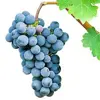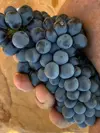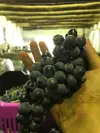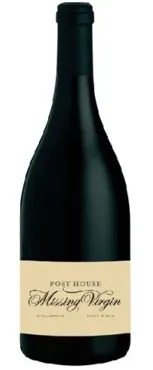Where did the name Pinotage come from?
Pinotage - a word that rolls off the tongue easily, and thanks to the better understanding of winemakers in how to get the best out of it, including planting vines in cooler areas, it's a wine that goes down easily today.
The grape itself is a cross between Cinsaut and Pinot Noir, created in 1925 by Professor Abraham Izak Perold. It's a legend how Perold forgot about the four seedlings that resulted from the cross and planted them in his garden when he left Stellenbosch University and moved to KWV. Suffice it to say, the seedlings were saved and one of them became the mother of all Pinotage vines today.
Some may have raised an eyebrow and wondered how the name Pinotage came about if the cross is half Cinsaut.
Pinot is derived from Pinot Noir, but the suffix "age" was adopted from Hermitage, the name under which Cinsaut was known at the Cape at the time. Why this is so is unclear, because Hermitage is from a French perspective an appellation in the northern Rhône, where only the red grape variety Syrah is permitted. Cinsaut comes from the south, where it's one of the 13 grape varieties allowed in Châteauneuf-du-Pape, and even further south from Languedoc-Roussillon.
Pinot Noir

Pinotage

Cinsaut

As for the history of winemaking in the Cape, Perold wrote in his 1927 treatise on viticulture that Hermitage was first planted here in the 1880s. At that time, the importation of vines may not have been strictly monitored, so confusion, including mislabelling, could have occurred between the origin nursery and the farmer in the Cape.
In the same treatise, Perold identified Cape Hermitage as Cinsault, noting that the variety is not grown in the northern Rhône region where Hermitage is from. Nonetheless, the incorrect name remained in use until 1935 when South Africa and France signed the Crawfish Agreement. In this document, France agreed to import South African crawfish while South Africa, in turn, committed not to use French geographic names (such as Hermitage).
That same year, the vine material of these four seedlings was grafted onto rootstocks at Perold's former official residence at Stellenbosch University, Welgevallen.
It is said that Perold and Professor CJ Theron, Dean of Oenology at Stellenbosch University and Elsenburg Agricultural College involved in winemaking, came up with the name Pinotage while examining and discussing these first grafted vines.
Were these two knowledgeable and highly qualified wine experts being pragmatic when they combined the names of the two parent grapes, one of which is a historical inaccuracy?
Try a different combination by using Cinsault instead of Hermitage with Pinot, and I doubt it would roll off the tongue as easily as Pinotage.




